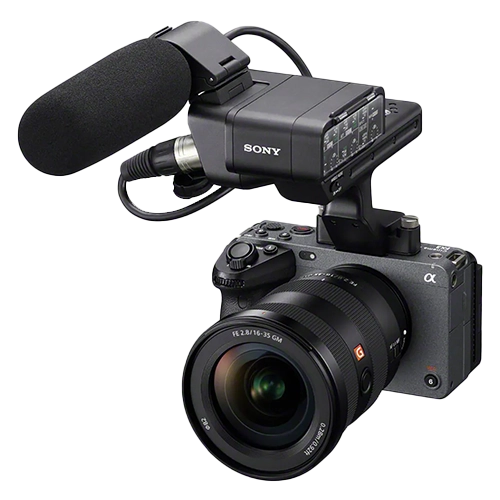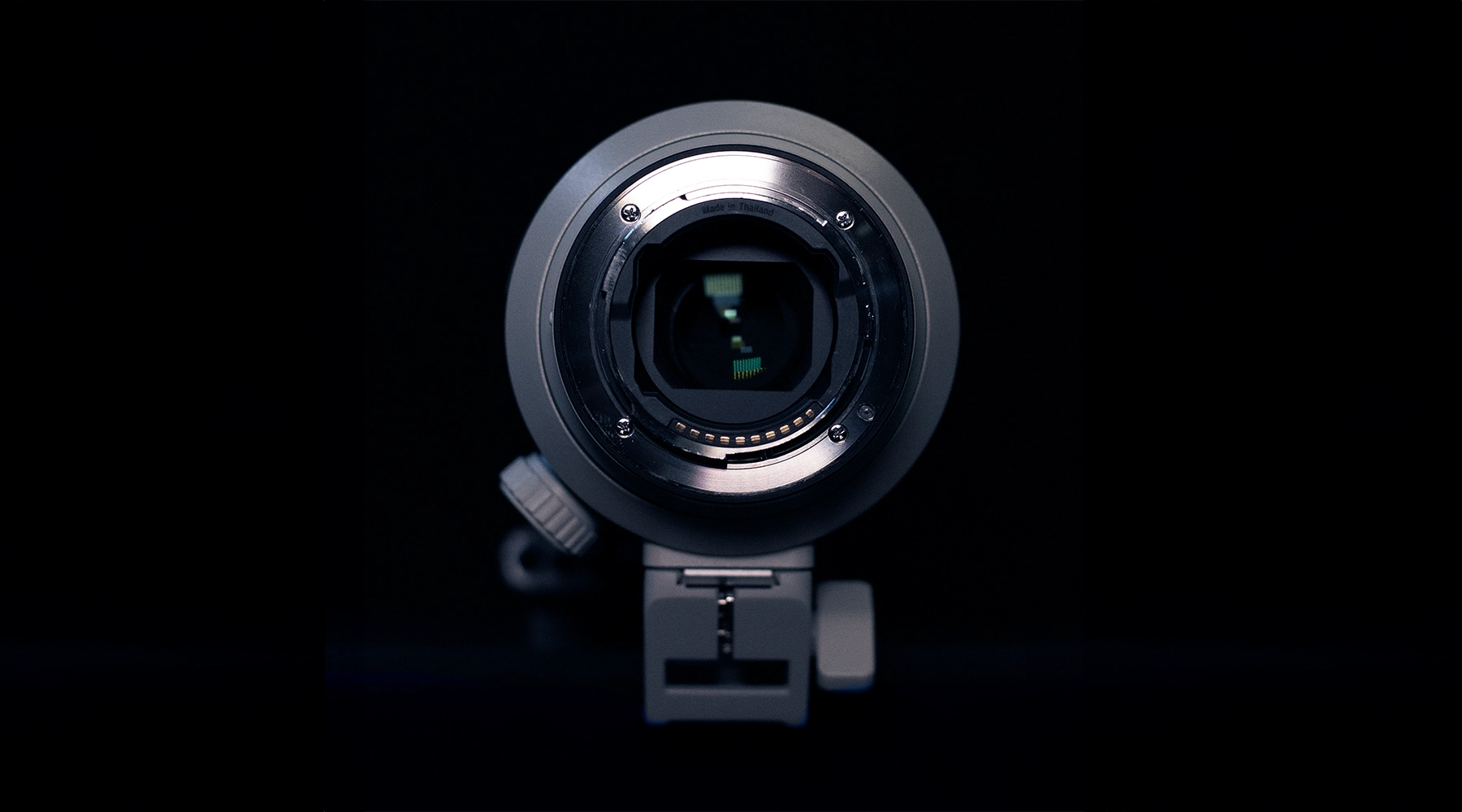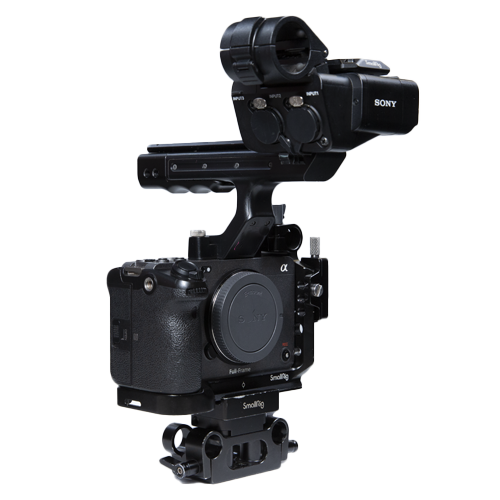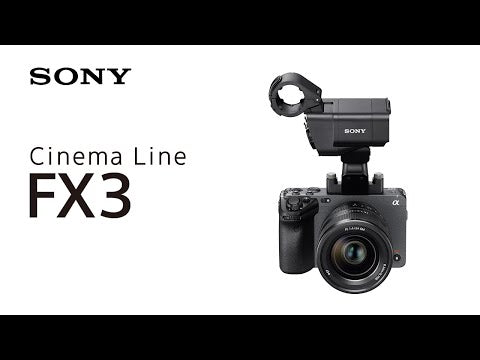

Size Matters: Choosing the Right Sensor and Lens Combo
Full-Frame vs APS-C vs Super 35 vs M4/3: A Comprehensive Guide to Sensor and Lens Compatibility
A film gate is a rectangular opening in the front of a motion picture camera where the sensor is exposed to light. It also has a role in determining the aspect ratio of the final image, which is the width-to-height ratio. Part of the gate is the shutter, this determines how much light the sensor is exposed too over a period of time. So which one is right for your next feature?
Full-Frame
What is full frame?
Full frame is also known as silent aperture or full gate, this typically refers tothe size of the image sensor in a camera. A full-frame sensor is the same size as a frame of 35mm film, measuring 36mm x 24mm.
Here are some key characteristics of full-frame cameras:
- Larger sensor size: Compared to smaller sensors like APS-C or Micro Four Thirds, full-frame sensors capture more light, which translates to better low-light performance, less noise, and higher image quality.
- Wider dynamic range: Full-frame sensors offer a wider range of tonal detail, allowing you to capture both highlights and shadows without losing information.
- Shallower depth of field: The larger sensor size enables shallower depth of field, which can be desirable for creating background blur in portraits or isolating subjects.
- Larger and heavier: Full-frame cameras and lenses tend to be larger and heavier than their smaller sensor counterparts.
- Increased low-light performance: Larger pixels capture more light, allowing cleaner footage in dimly lit scenes without significant noise, crucial for diverse filming environments.
- Anamorphic compatibility: Many full-frame cameras support anamorphic lenses, creating the distinctive wide-screen format with elongated horizontal elements, popular in cinematic productions.
Super-35
What is Super-35?
Super-35 refers to a sensor size and lens format commonly used in professional filmmaking. Evolved from Academy Aperture 35mm film format, slightly smaller than the full 35mm frame. Approximately 24.89mm x 18.60mm, compared to full-frame's 36mm x 24mm.
Characteristics of Super-35:
- Legacy compatibility: Wide range of existing Super 35mm lenses from film era usable with digital cameras.
- Cost-effective: Super 35mm cameras and lenses are typically more affordable than their full-frame counterparts.
- Smaller and lighter: Cameras and lenses tend to be smaller and lighter compared to full-frame, aiding portability.
- Shallower depth of field: Enables easier creation of background blur for creative effects.
- Sensor performance: Generally good image quality, especially in well-lit situations. May show more noise in low light due to smaller sensor size.
APS-C Lenses
What is APS-C?
In the realm of digital film cameras and lenses, APS-C (Advanced Photo System type-C) refers to a sensor size significantly smaller than full-frame but larger than Micro Four Thirds. Approximately 22.2mm x 14.8mm, varying slightly among camera manufacturers.
Characteristics of APS-C:
- Crop factor: Compared to full-frame, APS-C sensors have a "crop factor" of around 1.5x to 1.6x, effectively narrowing the field of view of lenses.
- Affordable: APS-C cameras and lenses generally cost less than full-frame options.
- Smaller and lighter: Smaller sensor size allows for compact and lightweight cameras and lenses, ideal for travel.
- Wide lens selection: Diverse range of affordable APS-C lenses available from various manufacturers.
- Increased focal length: The crop factor makes lenses appear "longer", potentially beneficial for wildlife or telephoto photography.
- Smaller sensor: Compared to full-frame, captures less light, leading to potentially higher noise in low-light situations.
- Limited dynamic range: May struggle with capturing extreme highlights and shadows compared to larger sensors.
Micro 4/3 Lenses
What is Micro Four Thirds?
Micro Four Thirds (MFT) is the smallest of the family of gate sizes. It provides a unique look being 20% smaller than full frame.
- Crop factor: Compared to full-frame, MFT sensors have a crop factor of around 2x, significantly affecting the effective focal length of lenses.
- Highly affordable: MFT cameras and lenses are generally the most affordable option among interchangeable lens camera systems.
- Extremely compact and lightweight: The small sensor size allows for incredibly small and lightweight cameras and lenses, perfect for travel and everyday use.
- Good image quality: Modern MFT sensors deliver respectable image quality, especially in good lighting conditions.
- Large lens selection: Wide range of affordable MFT lenses available from various manufacturers.
- Increased telephoto reach: The crop factor makes lenses appear "longer", potentially beneficial for wildlife or telephoto photography.
- Smallest sensor: Captures the least light among these formats, potentially leading to more noise in low-light situations.
- Limited dynamic range: May struggle with capturing extreme highlights and shadows compared to larger sensors.
Full frame sensor compatibility
Should you wish to use a different lens frame size to that of your sensor, there are a few things to note.
Super 35 Lenses on Full-Frame: Tempting Flexibility with Potential Trade-Offs
Using a Super 35mm lens on a full-frame camera generally requires some adjustments, as the two formats have differing sensor sizes:
Benefits:
- Increased versatility: Full-frame cameras often offer "Super 35 mode," essentially cropping the sensor down to match the Super 35 format. This lets you leverage your existing S35 lenses while retaining full-frame resolution in the cropped area.
- Potential cost savings: Similar to APS-C lenses, Super 35 lenses can be more affordable than their full-frame counterparts, especially for vintage or specialty optics.
- Potential creative control: Using S35 lenses on full-frame unlocks unique framing options. You can shoot wider than the S35 format allows, then crop in post for a different look.
- Field of view: Due to the larger sensor size, the effective focal length of the Super 35mm lens will increase on a full-frame camera. This means the lens will capture a narrower field of view compared to using it on a Super 35mm camera. For example, a 50mm Super 35mm lens will act like a 75mm lens on a full-frame camera (1.5x crop factor).
Drawbacks:
- Resolution loss in full-frame mode: As with APS-C lenses, using the entire full-frame sensor results in wasted image area and effectively reduced resolution.
- Potential vignetting and sharpness issues: Similar to APS-C, some S35 lenses might not be optimized for the larger sensor, leading to darkened corners and softer edges.
- Limited compatibility: Not all S35 lenses physically mount on full-frame cameras. Adapter solutions may introduce vignetting or light loss.
- Autofocus limitations: Similar to APS-C, autofocus might not function smoothly, especially with older S35 lenses.
Overall:
Using Super 35 lenses on full-frame has some advantages, mainly for versatility and cost-effectiveness. However, be mindful of potential image quality limitations due to sensor size mismatch and lens design.
Using APS-C Lenses on a Full Frame Camera: Worth Noting, But Not Always Wise
While technically possible in some cases, mounting an APS-C lens on a full-frame camera has both noteworthy benefits and drawbacks:
Benefits:
- Increased effective zoom: Due to the "crop factor" (around 1.5-1.6x for most brands), the lens acts like a longer focal length on the full-frame sensor. This can be helpful for telephoto or wildlife photography.
- Potentially lower cost: APS-C lenses tend to be cheaper than their full-frame counterparts, offering entry-level photographers a way to try out different focal lengths on a high-end body.
- Lightweight portability: Smaller APS-C lenses offer better portability, especially for travel or hiking photography.
Drawbacks:
- Reduced image resolution: Only the central portion of the APS-C lens image circle covers the full-frame sensor, effectively reducing the camera's megapixel count and image quality.
- Vignetting and potential sharpness issues: The lens might not be optimized for the larger sensor, leading to darkened corners (vignetting) and reduced sharpness around the edges.
- Compatibility concerns: Not all APS-C lenses are physically compatible with full-frame mounts. Canon EF-S lenses, for example, can damage the camera if mounted on a full-frame Canon body.
- Autofocus limitations: The lens's autofocus system might not work seamlessly with the full-frame camera, leading to slower or inaccurate focusing.
Overall:
While the increased effective zoom and potentially lower cost are tempting, the drawbacks of using an APS-C lens on a full-frame camera often outweigh the benefits. You'll be sacrificing image quality, resolution, and potentially autofocus performance. In most cases, it's better to invest in a full-frame lens designed for your camera to get the best results.
Summary:
Sensor Size:
- Full-Frame: 36mm x 24mm
- Super 35: ~24.89mm x 18.60mm
- APS-C: ~22.2mm x 14.8mm
- Micro Four Thirds: ~17.3mm x 13.0mm
Sensor Area Compared to Full-Frame:
- Full-Frame: 100%
- Super 35: ~75%-80%
- APS-C: ~30%
- Micro Four Thirds: ~20%
Field of View:
- Full-Frame: Widest, closest to human eye
- Super 35: "Classic cinematic" look, wider than APS-C but narrower than Full-Frame (1.5x-1.6x crop factor)
- APS-C: Narrower than Super 35 (1.5x-1.6x crop factor)
- Micro Four Thirds: Significantly narrower than others (2x crop factor)
Low-Light Performance:
- Full-Frame: Superior
- Super 35: May struggle in low light
- APS-C: Not as good as Super 35 or Full-Frame
-
Micro Four Thirds: Limited, most noise-prone among these formats
Ideal for:
- Full-Frame: High-end productions, feature films, demanding environments
- Super 35: Run-and-gun filmmaking, documentaries, those prioritizing affordability and portability
- APS-C: Enthusiasts, travel photographers, videographers
-
Micro Four Thirds: Budget-conscious photographers/videographers, travel enthusiasts



